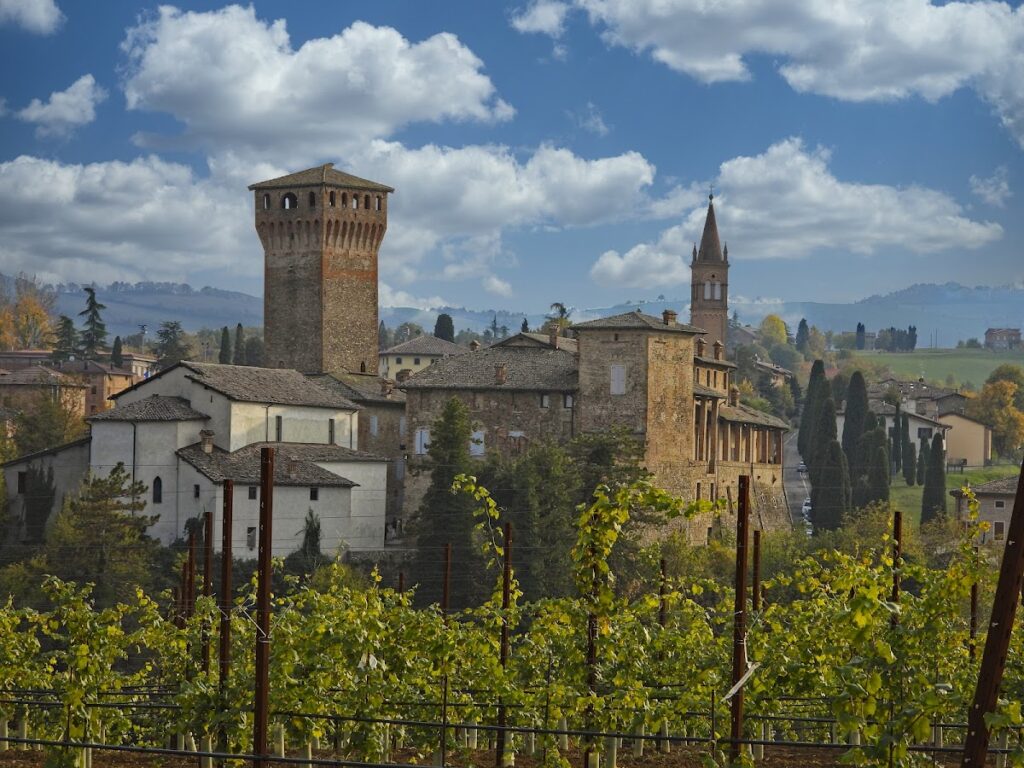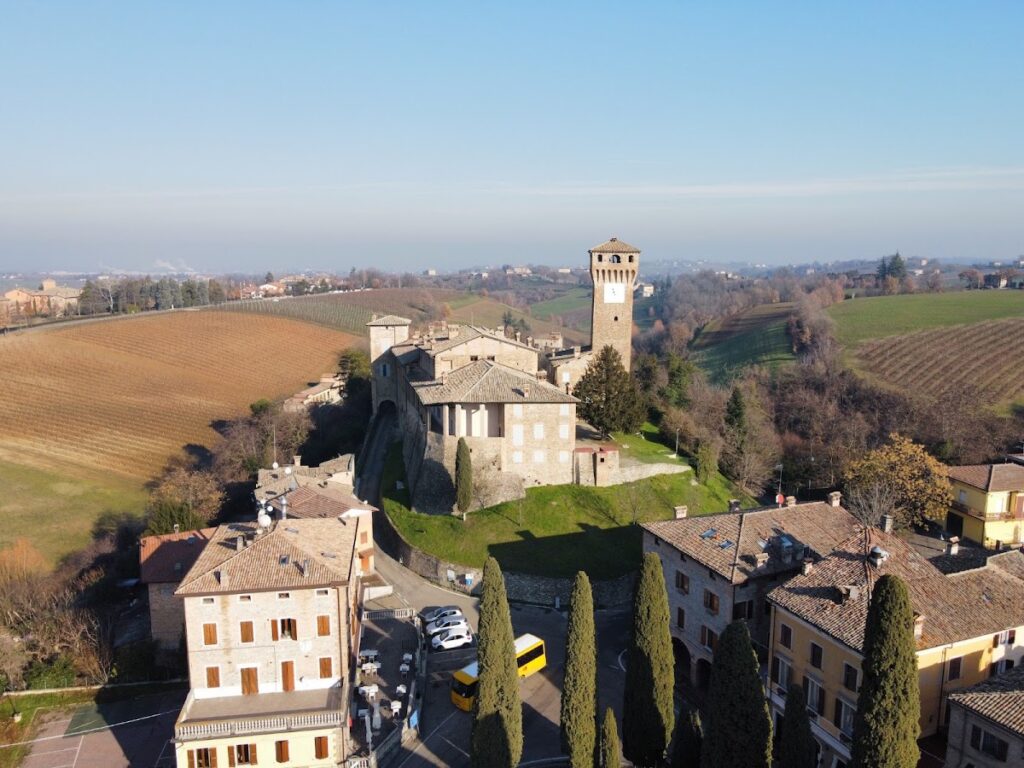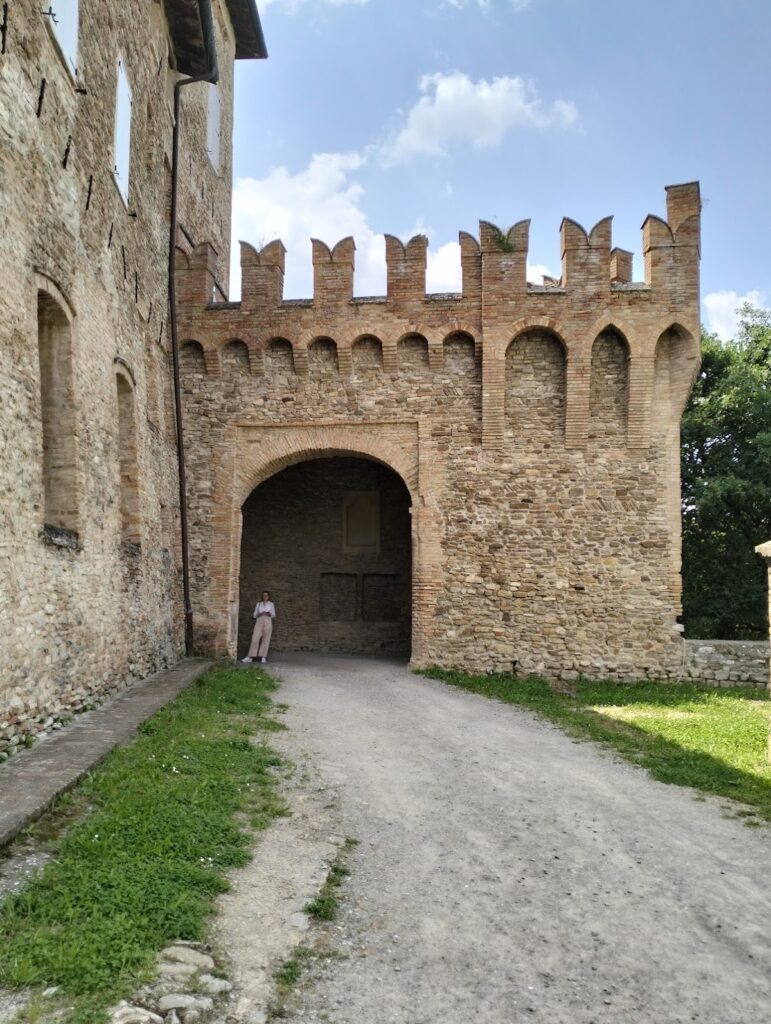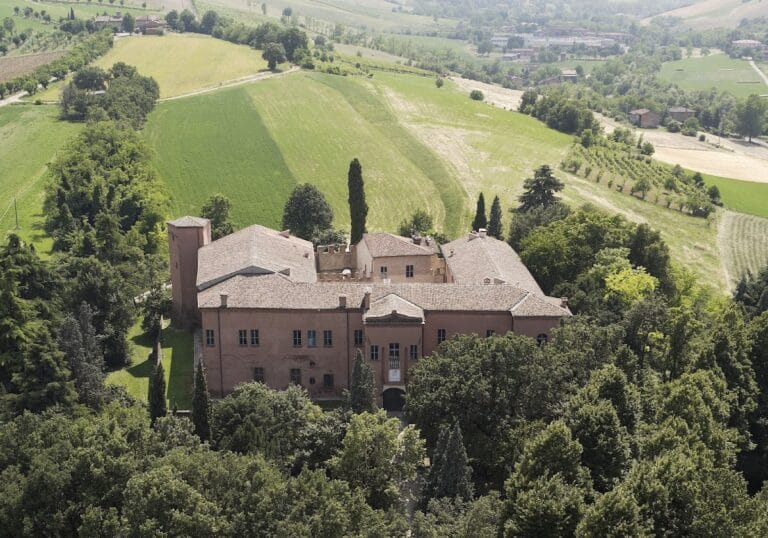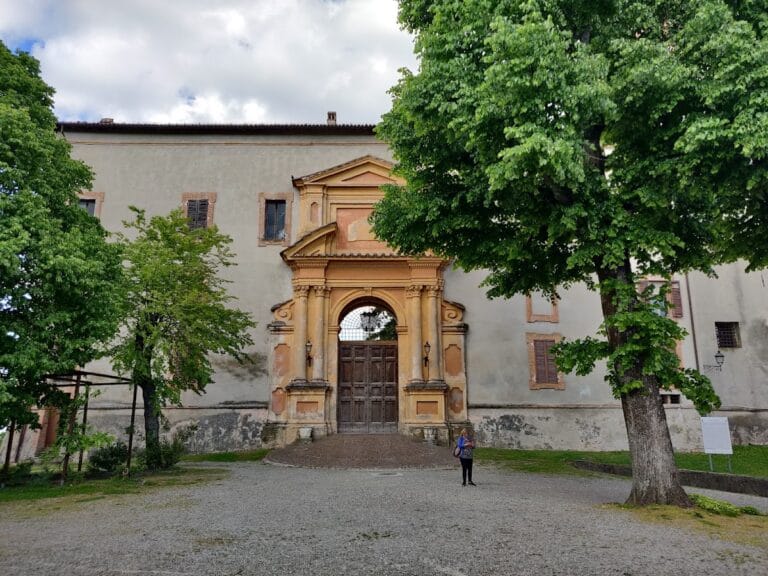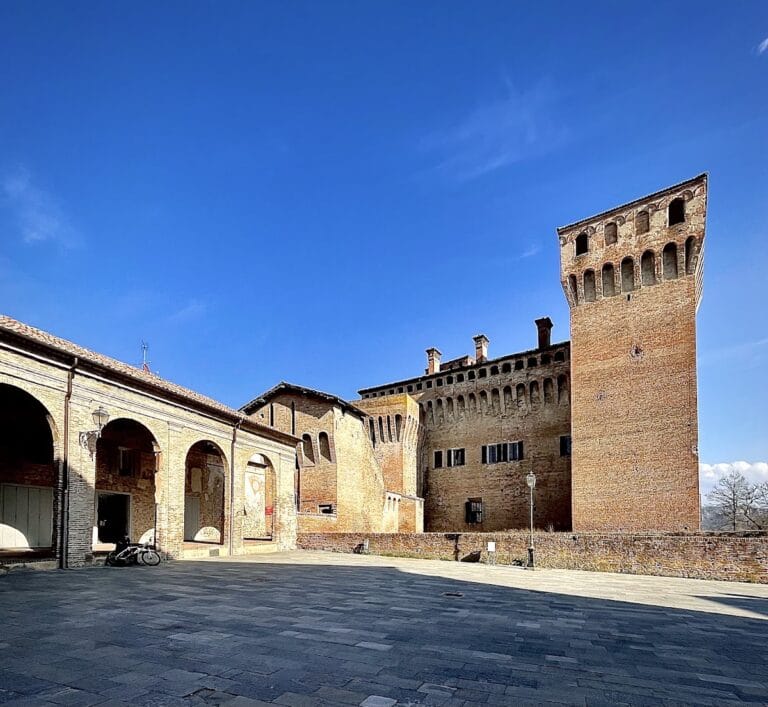Castello di Levizzano Rangone: A Medieval Fortress in Castelvetro di Modena, Italy
Visitor Information
Google Rating: 4.3
Popularity: Medium
Google Maps: View on Google Maps
Official Website: www.comune.castelvetro-di-modena.mo.it
Country: Italy
Civilization: Unclassified
Remains: Military
History
The Castello di Levizzano Rangone is located in the hamlet of Levizzano Rangone, within the municipality of Castelvetro di Modena, Italy. It was originally built by the local medieval population as a fortified refuge during the turbulent period of the late 9th century, a time marked by frequent Hungarian raids in the Po Valley.
The earliest known reference to the site dates back to 890, recorded in the documents of the Abbey of Nonantola, which mention a fortified place called “Garbuga di Levizzano.” This suggests the castle’s origins lie in a defensive complex designed to protect inhabitants within enclosing walls. More than a century later, in 1038, the castle was granted by Bishop Viberto of Modena to Marquis Bonifacio of Tuscany through emphyteusis, a long-term lease conveying usage rights, alongside two chapels and residential buildings located within the fortress walls. This indicates the presence of both military and religious structures within the castle complex at that time.
Following this period, ownership passed through a series of noble families over subsequent centuries. The Levizzani family, named after the locality, initially held the site, followed by the Da Savignano and Bonaccolsi families. Eventually, the Levizzani regained possession before the castle was acquired by the Rangone family in 1342. The Rangoni appended their name to the hamlet, resulting in the compound toponym Levizzano Rangone, reflecting their long-term association.
In the 18th century, the castle experienced significant restoration under the Rangone family. Among these works was the reconstruction of the church located inside the castle, confirming the continued religious importance of the site. By the 19th century, the castle passed into public ownership as the property of the Municipality of Castelvetro, marking the end of its status as a noble residence.
Remains
The Castello di Levizzano Rangone is centered around a tower with a square base, commonly known as the Torre di Matilde or Torre Matildica. Although it carries a medieval heritage, the tower standing today is not the original structure but rather a substantially altered version, especially following extensive restorations carried out by the Rangone family during the 18th century. These modifications have shaped its current appearance, which reflects both its defensive origins and later adaptations.
Originally, the castle complex consisted of defensive walls enclosing a cluster of houses as well as two chapels, as documented in the 11th century. While these enclosing walls and chapels established the castle as a fortified settlement with religious functions, the primary surviving elements to the present day are the tower and the church rebuilt in the 18th century.
Within the castle’s ground floor operates the Museo del vino e della società rurale “Rosso Graspa,” a rural society and wine museum. The museum space exhibits agricultural tools and implements linked to historical rural life, complemented by photographs and audio-visual presentations. These include recorded testimonies in the local dialect that recreate scenes of rural practices, highlighting the cultural and economic history of the surrounding community over time.
